Samsung Galaxy A50 review: The new budget champion
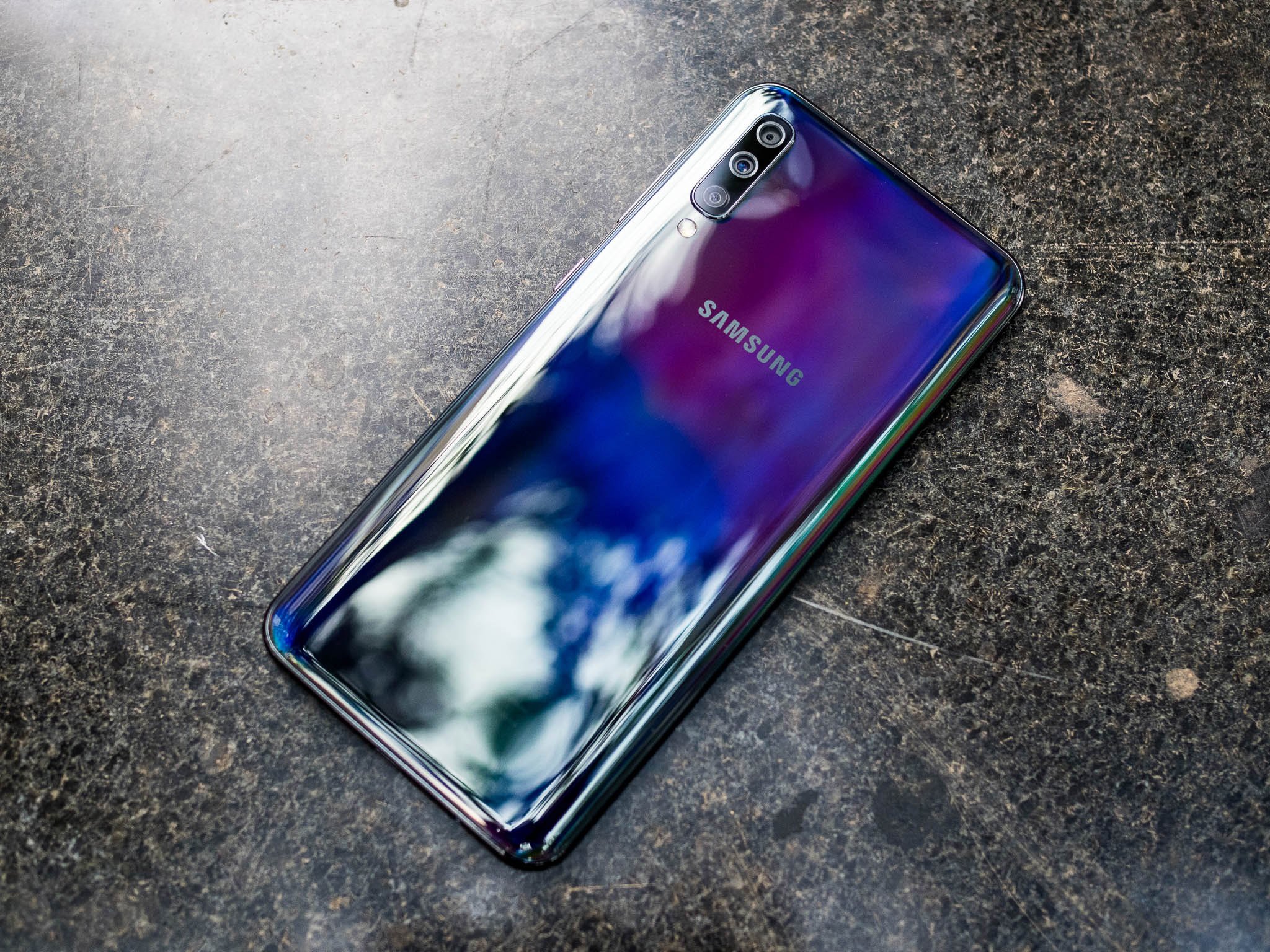
If there's one thing clear about Samsung's strategy in 2019, it's that the company is going aggressive to reclaim market share. The Galaxy M series showcased that Samsung knew how to make a great budget phone if it set its mind to the task, and it is now going on the offensive once again with the 2019 Galaxy A series.
Until last year, the Galaxy A series was aimed at the value flagship space — with the devices sitting one tier below the Galaxy S and Note lines. But Samsung is now relying on Galaxy A branding for the budget segment as well, with the entry-level model starting at just over $100. We have the Galaxy A50, A30, and the A10 to start off with, and we're sure to see the Galaxy A70 in a few months' time.
The Galaxy A50 is the embodiment of a great budget phone: it has an evocative design with a gradient pattern at the back, the hardware is rock-solid, it comes with the latest version of Android, an in-display fingerprint sensor, and there are three cameras at the back. The fact that it costs just ₹19,999 ($285) is astounding, particularly when you consider the sort of phones Samsung was selling in this category just last year.
In short, Samsung has managed to completely overhaul its budget strategy, and the result is a device that the Galaxy A50 easily holds its own against the best that this segment has to offer.
The Good
- Gorgeous design
- Vivid AMOLED display
- Powerful specs
- In-display fingerprint sensor
- Monstrous battery life
The Bad
- No notification LED
- Bloatware
- Samsung Pay is missing
Samsung Galaxy A50 What I love
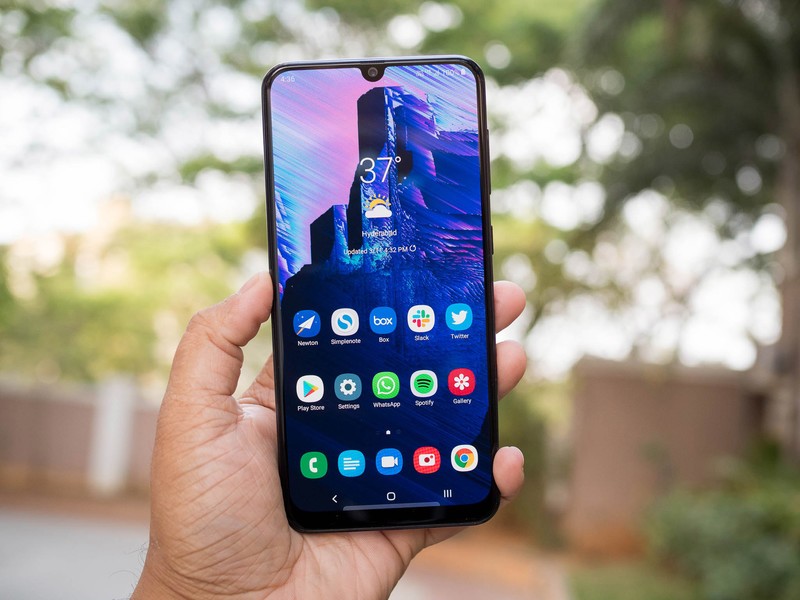
If there's one area where Samsung improved the most with its 2019 budget lineup, it's the design. Last year's Galaxy J phones looked like they were straight out of 2014, but with the Galaxy M and now the Galaxy A series it's easy to see that Samsung put a lot of thought into the overall design aesthetic.
Be an expert in 5 minutes
Get the latest news from Android Central, your trusted companion in the world of Android
The Galaxy A50 in particular looks stunning thanks to a gradient finish that creates a rainbow effect as light bounces off its surface. Another highlight of this new Prism design language is smooth flowing curves — the back curves seamlessly to meet the metal mid-frame, and all four corners are rounded.
The material at the back isn't glass, however, with Samsung relying on a plastic chassis for the A50. The gradient pattern is just a reflective coating on a plastic back, and this allows the A50 to save considerable weight. That said, the phone is just as prone to fingerprint smudges as glass-backed devices. And although the A50 doesn't have premium materials, the fit and finish is excellent and the phone feels just as durable as the best that Samsung has to offer.
Samsung has retained a 3.5mm jack at the bottom, and the device charges over USB-C. The power and volume buttons are located on the right, and they share the same color as the mid-frame. There's no fingerprint sensor at the back as the Galaxy A50 features an in-display solution — the first for a Samsung phone in this category.
The Galaxy A50 is the most feature-rich budget phone Samsung has launched to date.
The in-display fingerprint module isn't the ultrasonic sensor we've seen on the Galaxy S10 but the more mainstream optical solution. As such, a green light is emitted whenever you put your finger over the activation zone, and it takes over a second to authenticate your features.
The sensor itself is similar to the likes of what OnePlus and Vivo are using on their devices, and other than a few miscues I had no major issues with the module. It's not as fast as capacitive fingerprint sensors, but with more and more mainstream devices using in-display solutions, we should see faster modules show up in a few generations.
Samsung is also embracing the cutout this year, and while its flagships have Infinity-O displays — with the camera modules embedded into the panel — the budget and mid-range segments get the Infinity-U cutout, or the waterdrop notch.
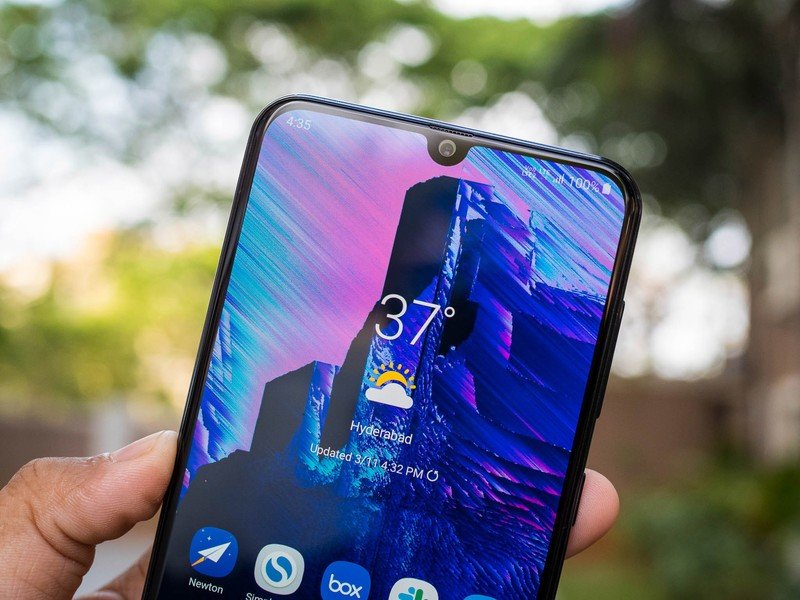
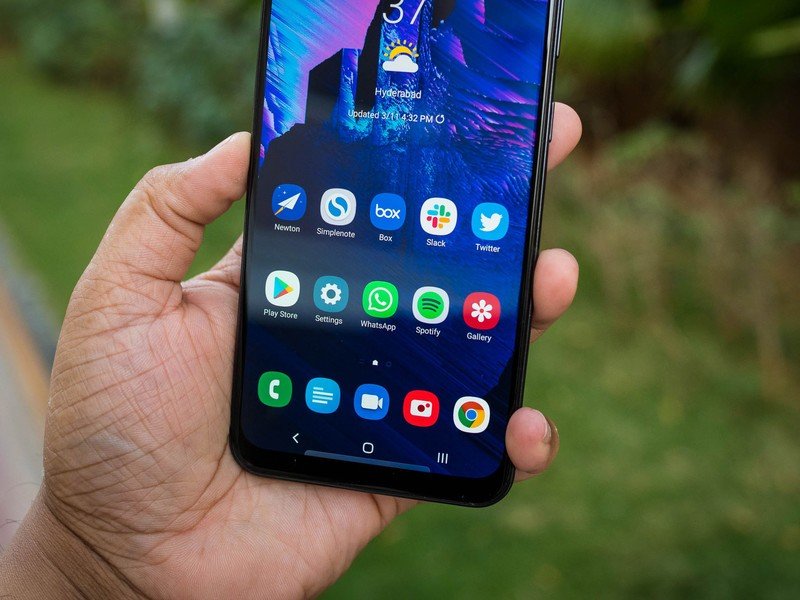

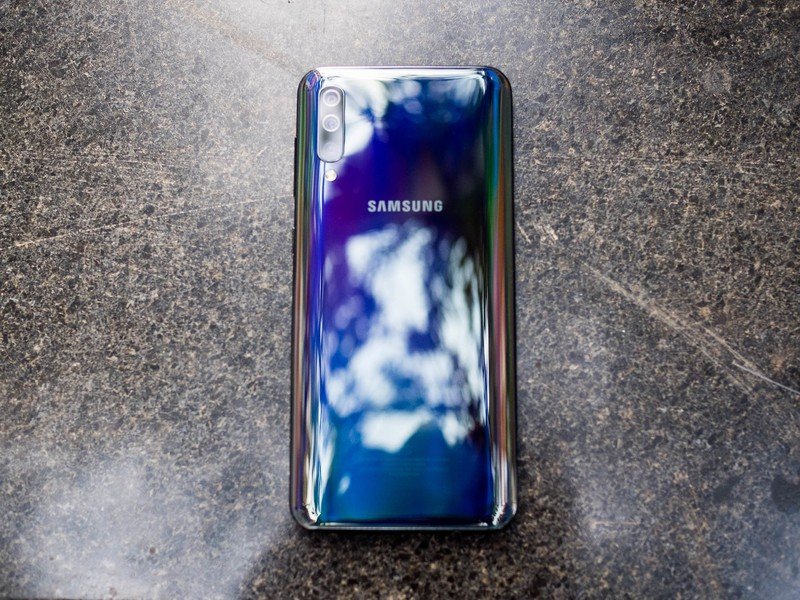
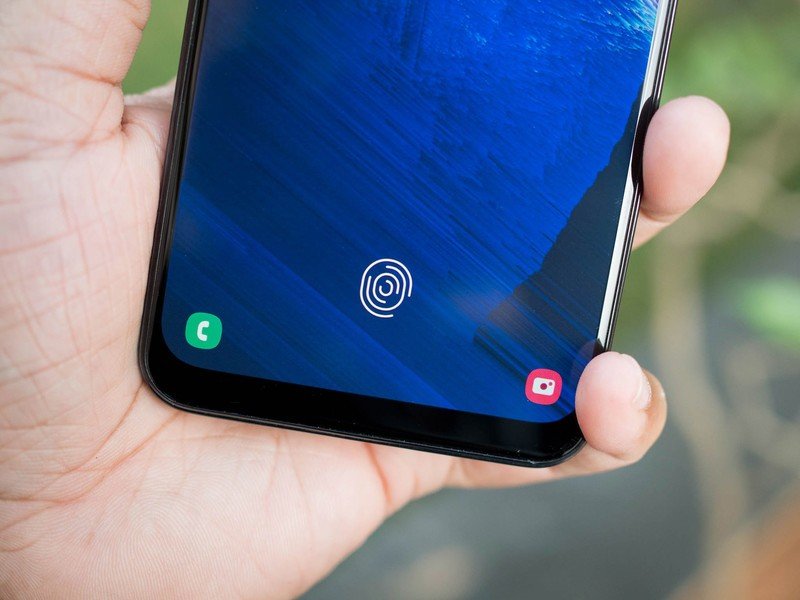
The Galaxy A50 features a 6.4-inch Super AMOLED FHD+ display, and the waterdrop notch does a great job minimizing bezels at the top of the device. The 91.6% screen-to-body ratio is great, but there is a chin at the bottom. The display itself is fantastic, and while the resolution isn't quite the same as that on the Galaxy S10, you get vibrant and saturated colors.
This is the most powerful phone Samsung has launched in the $300 category.
The Galaxy A50 also has excellent contrast and brightness levels, and I had zero issues viewing the contents of the screen under harsh sunlight. The one downside on the display side of things is that there's no notification LED anymore, but you get Always On Display.
Samsung has also done a fantastic job when it comes to the hardware. I've routinely had issues with Galaxy J devices in the past for the underwhelming hardware, but that is no longer the case on Samsung's 2019 Galaxy A portfolio. The company was in fact eager to point out that it is using all-new chipsets across its Galaxy A portfolio, with the A50 getting the Exynos 9610.
The Exynos 9610 platform is fabricated on the 10nm node — just like last year's Snapdragon 845 chipset — and there are four Cortex A73 cores at 2.3GHz doing the heavy lifting backed by four 1.6GHz Cortex A53 cores. I didn't see any slowdowns or lag in day-to-day use, nor in extended PUBG sessions even with the settings turned up to high.
The Mali-G72 MP3 GPU is plenty capable for gaming, and in general the Exynos 9610 is one of the best chipsets in the budget category right now. The base variant of the Galaxy A50 has 4GB of RAM and 64GB of storage, and there's also a 6GB edition with 128GB of internal storage that will be sold in global markets.
There's also dual SIM connectivity, and Samsung is offering a dedicated slot for a MicroSD card in addition to the two SIM card slots. That's a feature aimed more at Indian customers more than anyone else, but it is a nice addition nonetheless. Call quality on the phone was fantastic, as was Wi-Fi and cellular performance. I primarily tested the phone on Jio's 4G network, and I had no trouble whatsoever on this front.
One of the key features on the Galaxy A50 is the camera arrangement. There are three cameras at the back, with a 25MP primary lens joined by an 8MP wide-angle shooter and a 5MP depth sensor.

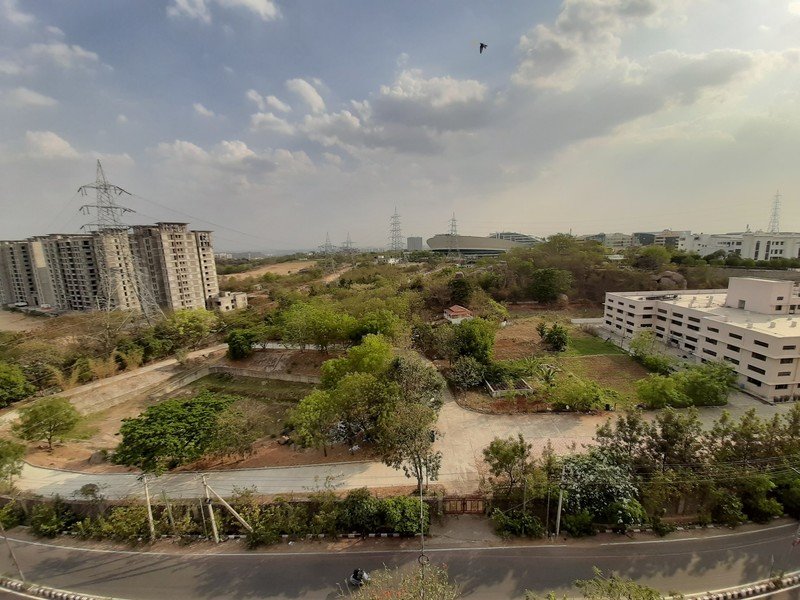
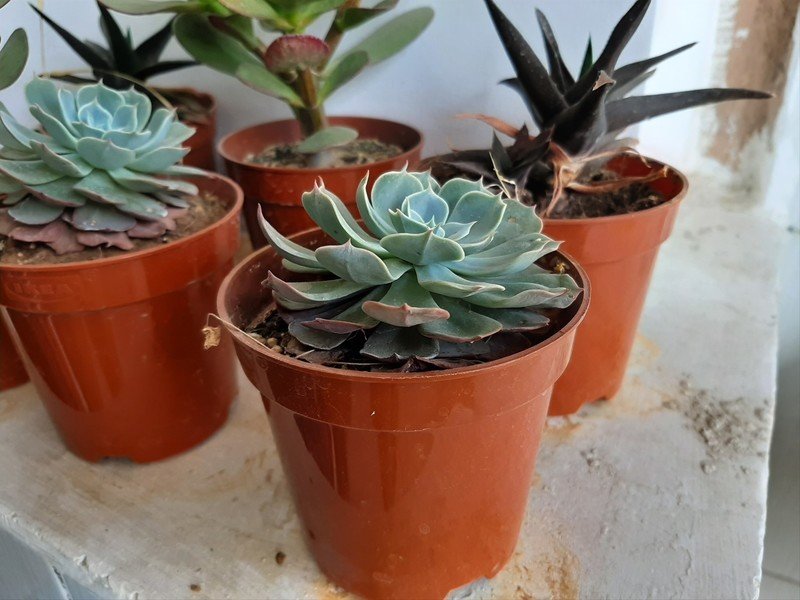
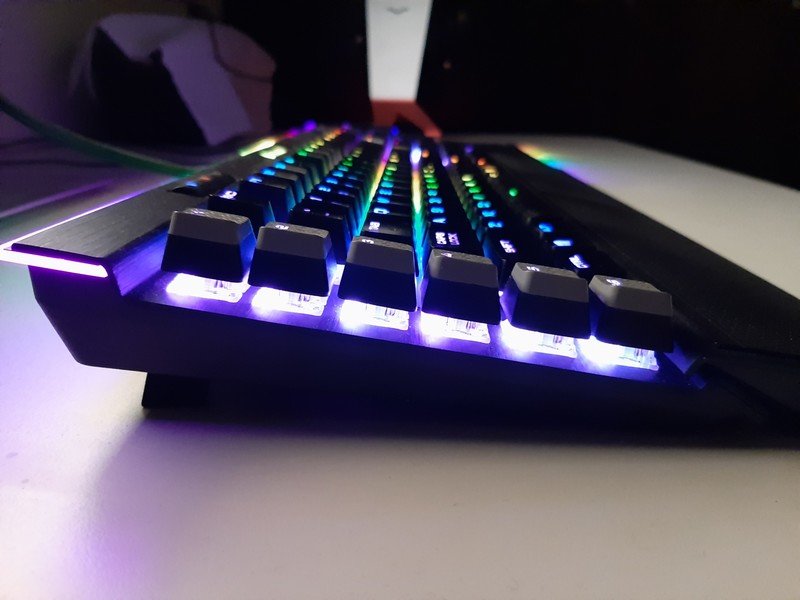

There's an easy toggle to shift between the regular and wide-angle lens, and you get the option to select the amount of background blur. The camera does a great job in daylight scenarios, but it struggles when there isn't enough ambient light around. The photos tend to be a bit oversaturated and a few shots taken in daylight tend to have an almost painted-on quality to them. You lose out on detail in low-light images, and there's a lot of noise.
Overall, the camera on the A50 is pretty standard. The wide-angle lens is a great new addition, and a dedicated sensor allows you to get decent portrait shots from the back camera. But the overall image quality is decent enough just for sharing on social media platforms, and that's the audience Samsung is going after with the device anyway.
The Galaxy A50 runs One UI with Android 9.0 Pie out of the box.
On the software front, the Galaxy A50 is running One UI based on Android 9.0 Pie. The software is near-identical to what you get on the Galaxy S10, with the same interface elements. You even get Bixby, although there's no dedicated hardware button (thankfully). The fact that the A50 comes with Pie out of the box is a major bonus as the Galaxy M series is running Oreo and won't be updated to Pie until later in the year.
Battery life is excellent thanks to a generous 4000mAh battery that ensures you easily get over a day's worth of use. The phone also has 15W fast charging, and you get a 15W charger in the box.
Samsung Galaxy A50 What needs work
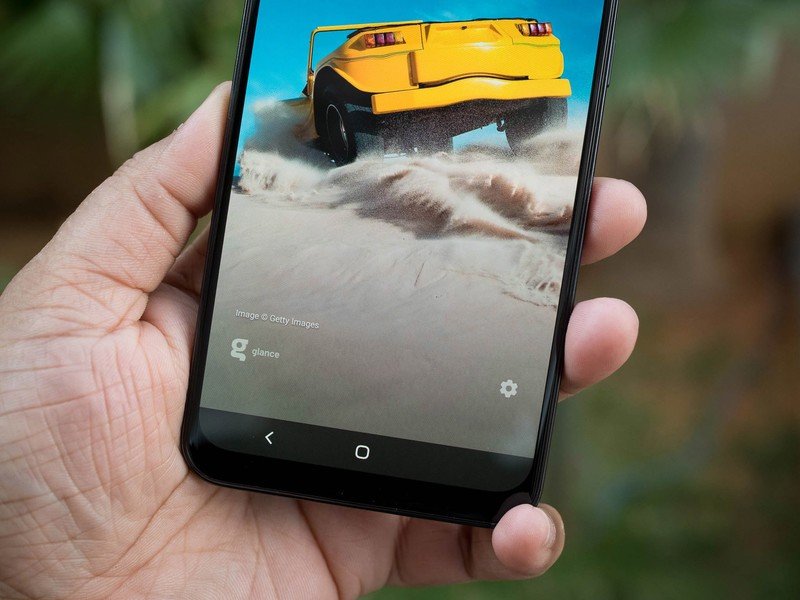
Samsung has come a long way from TouchWiz, but the company is still finding new ways to push bloatware. On the Galaxy A50, Samsung has teamed up with adware brand ironSource to load spammy apps on your phone during initial configuration. IronSource calls itself an ad monetization company, and as such these "essential" apps — which include the likes of Calculator — are nothing more than a novel way to push ads to your phone.
Samsung has found even more ways to inject bloatware onto the A50.
Not only is it unnecessary, but it also feels like Samsung is doing its customers a disservice by engaging in these tactics. Samsung is also rolling out what it calls "lock screen stories," where your lock screen is taken over by random photos with an accompanying blurb. There's thankfully an easy way to disable it from the settings, but features like this should be opt-in and not the other way around.
There aren't any major issues from a hardware standpoint, but the lack of a notification LED will be a dealbreaker to a subset of the community. I found that the AOD is a suitable alternative in my daily use, but long-time Galaxy fans will be let down by the fact that there isn't one on the device.
The only other issue is that the A50 doesn't offer Samsung Pay — you instead get a mini version of the service that works on India's UPI payments network. I personally like using Samsung Pay a lot on Galaxy S and Note phones, and it's a shame that Samsung isn't making the feature available on more devices. Samsung clearly has an advantage due to the fact that Samsung Pay works with both NFC and older MST (Magnetic Secure Transmission) readers, and it would've been nice to see the payments service make its debut on lower-tier hardware.
Samsung Galaxy A50 Bottom line
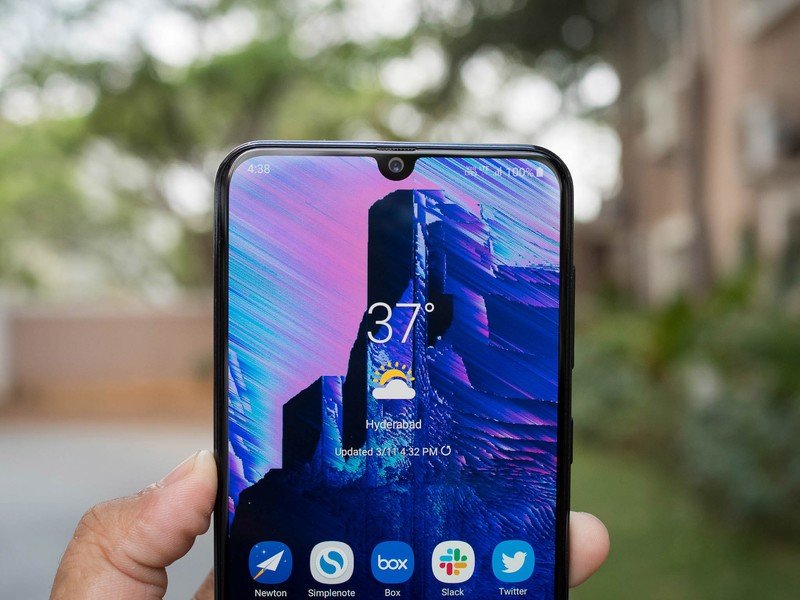
The Galaxy A50 is one of the best sub-$300 phones I've used to date. Sure, there are phones that offer more value for your money, but what Samsung has managed to do here is astounding. To go from the Galaxy J series to the A50 in a matter of six months is a remarkable achievement, and it shows just how seriously Samsung is taking the budget category.
The AMOLED display is outstanding, and the Exynos 9610 chipset can easily handle anything you throw at it. The generous battery alleviates any worry around running out of juice in the middle of the day, and the design is eye-catching. Overall, you're easily getting your money's worth.
Samsung is initially positioning the Galaxy A50 in markets like India, but the phone will be coming to global markets in the coming weeks. It's a good thing, too, because for once Samsung finally figured out how to make a great budget phone.
4.5 out of 5
There are phones that deliver better value — the POCO F1 and Redmi Note 7 Pro immediately come to mind — but the Galaxy A50 stands up to scrutiny. The hardware on offer will easily last a few years, and the overall experience makes the Galaxy A50 one of the best $300 phones in 2019.

Harish Jonnalagadda is Android Central's Senior Editor overseeing mobile coverage. In his current role, he leads the site's coverage of Chinese phone brands, networking products, and AV gear. He has been testing phones for over a decade, and has extensive experience in mobile hardware and the global semiconductor industry. Contact him on Twitter at @chunkynerd.
